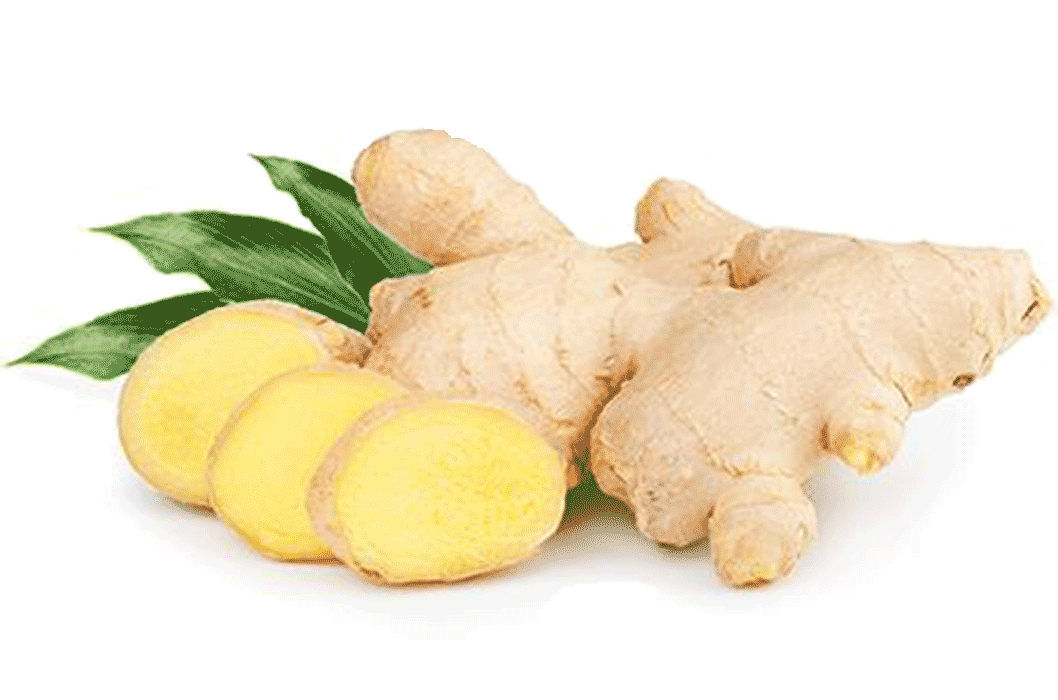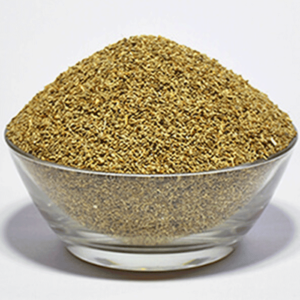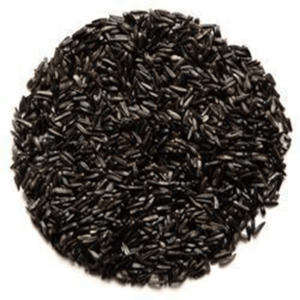Description
The cultivation of ginger was started in Ethiopia during 13th century when Arabs introduced it from India to east Africa (Janson, 1981). In Ethiopia it is limited mostly in the wetter regions of Southern Nations, Nationalities and Peoples Regional State (SNNPRS) and some parts of western Oromia. Most of the commercial production is practiced in SNNPRS by farmers within Kambata-Tambaro, Wolaita and Hadiya zones. Despite its uses and contribution to the livelihoods of smallholders and to economy of the country, there has been limited attempt to promote its production and marketing through improvement of pre-and post harvest handling of the crop. This paper highlights the results of a survey and a review of secondary sources of information in sample woredas from ginger belt of country with the objective of identifying ginger value chain problems and potentials in southern Ethiopia. The study identified that there are high potential ginger growing areas in SNNPRS located in Wolaita, Kambata-Tambaro and Hadiya zones that tend to specialize in production and marketing of the crop. However, production and marketing of ginger in these areas is constrained by low quality varieties, poor pre-and post-harvest handling practices, low product market prices and lack of access to markets.






Reviews
There are no reviews yet.